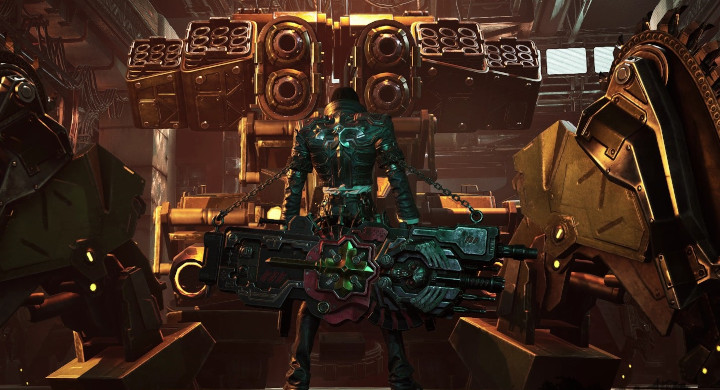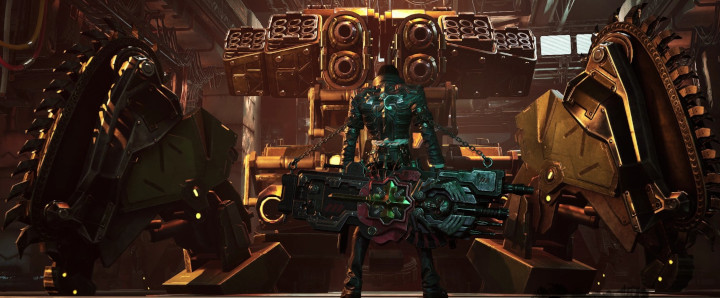
Back in the early 2000s, I would play any PS2 game that moved (at least anything that wasn’t a sports title, fighting game, or JRPG). Shoot, I played Rogue Trooper on friggin’ launch day, and had quite an enjoyable time doing so. But somehow, I never played the original 2002 Gungrave or the 2004 follow-up, Gungrave: Overdose.
In retrospect, this feels like a huge oversight on my part — and even more so now that I’ve had the chance to play a preview build of the upcoming latest installment in the long-running series, Gungrave: G.O.R.E. Had I discovered them two decades earlier, I think I would’ve taken quite the shining to Grave and his exploits of mayhem and derring-do.
Gungrave: G.O.R.E. is the fourth game in the Gungrave series, the third being 2017’s Gungrave VR (unless you count Gungrave VR U.N., in which case this would be the fifth game in the series). This is an over-the-top third-person shooter that feels like it was ripped right from the annals of the PS2 era. The fact that it barely looks better than a PS3 game only serves to drive this feeling home. This isn’t to say G.O.R.E. looks bad — there are some nice shiny textures here and there — but this type of game isn’t meant to be a visual showcase.
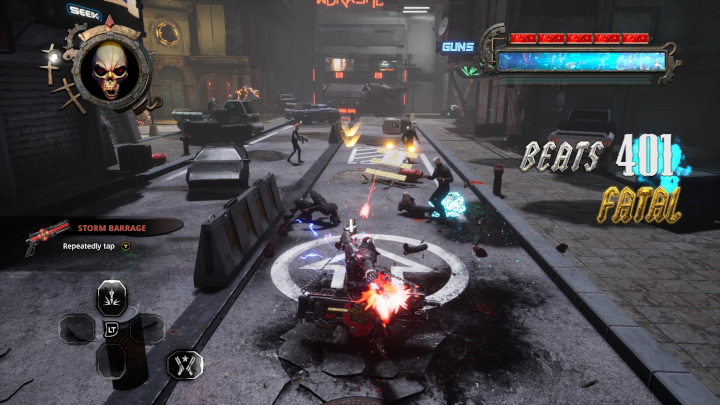
In fact, the lack of bleeding-edge graphics only helps in delivering smooth gameplay that really is the crux of the experience — especially when the world around you is exploding like pustules of blood gravy and meat pellets, and as boxes and barrels and cars and computer terminals explode into a miasma of sparks and debris. Gungrave isn’t here to win any visual awards; it’s here to chew bubblegum and kick some ass. And, well, it’s all out of bubblegum.
Set sometime after the the events of the previous three games (obviously), you take the mantle of Grave, who is apparently the vessel housing the reincarnated form of a dude who was betrayed by his good friend in the first game after your dude’s girlfriend marries you boss or something. It’s… well, complicated. Basically, there are evil dudes doing evil-dude things, and it’s your job to stop them. And stop them you shall.
The character Grave is pretty much what I imagine Bayonetta would look like if she were a hulking emo bruh, replete with delicate little reading glasses that never seem worse for the wear after repeated rocket blasts to the face. As Grave, you are equipped with dual pistols better known as Cerberus, and also a huge coffin-chainsaw-thing that you have chained to your back that serves as your melee weapon. It also serves as your go-to mode of transportation, I think, based on an early cutscene.
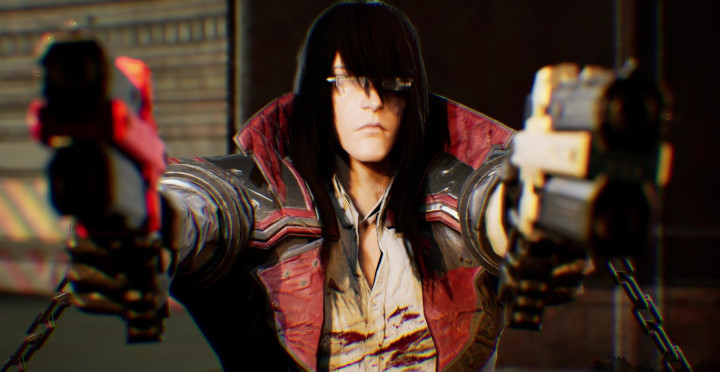
And that’s pretty much all you need to know before barreling headfirst into each level (mostly made up of steel corridors, sewers, and the occasional outside area) with one goal in mind: kill everything while racking up as many points as possible.
This is where the game really shines, and it’s also the point where you can finally turn off your brain and just enjoy the fireworks. The combat is quite the spectacle. Even though there are a number of unique ways of killing bad guys, maniacally pressing the right trigger is the name of the game. (Although, you know, not literally, since its actual name is Gungr— You know what? Never mind.)
Sure, you can use the cool stylized Demolition Shots (which drain you beat meter and have appropriately macabre names for each one), or you can perform up-close (or even ranged) executions (which feed into your artsy-kills meter), or you can trigger one of two rapid-fire modes. But really, just moving around and hammering on the right trigger gets the job done most of the time. After a while, I didn’t even really bother using the dodge button or timing melee attacks to send incoming missiles back at the ne’er-do-well who brought a missile launcher to a gunfight. Just mash that trigger and have at it.
And as you go full-on china-shop bull and wreck absolutely everyone and everything, you build up your Beat Meter. This serves as your combo counter, which rewards you after each level with a grade that feeds into your experience progression, and also fuels your Demolition Shots. It goes up with each successful hit on anything that can die, but also on anything that can be destroyed. So, in between waves of enemies, I just kept hammering the right trigger. As long as I landed a shot on a barrel or monitor, my meter would continue to rise until I triggered the next horde, so it was possible to get pretty astronomical Beat scores by the time a level was completed.
There is also a levelling system you can sink your acquired skill points into in order to increase your damage, or decrease your damage taken, or upgrade a number of other things (if you’ve played anything like this before, I am sure you can imagine what will be on this menu).
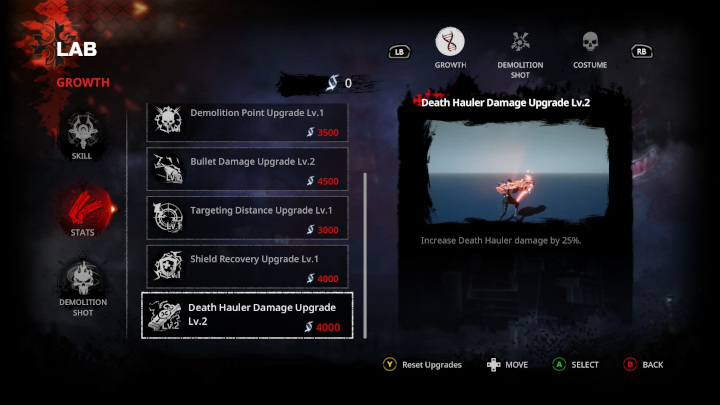
And really, that perhaps speaks to Gungrave‘s biggest offense; it just feels dated in its design. The tutorial levels explain every feature in exhaustive detail, stopping the action countless times just to tell you how to shoot or use a Demolition Shot. Although this is useful information, the execution is a bit cumbersome.
The music is also quite generic. At times, during the heat of battle, it feels as if it’s about to break into a rendition of the 1985 Dead or Alive song “You Spin Me Round (Like a Record),” only to never reach such inspired, lofty heights. Otherwise it’s par for the course; chugging guitars and blistering techno, all of which suddenly stops the moment an arena is cleared, only to then start back up, piercing the well-earned silence once the next wave of enemies spills onto the scene.
Also, the direction for the cutscenes and transitions is, like, really bad. I lost count of the number of times the camera was just not in a good place, or didn’t capture enough of the action to land what I am assuming were meant to be cool shots. It often felt like the “cameraman” was just one or two beats behind and constantly missed the mark — framing a shot a second or two before the rest of the production moved on, thereby only catching a fleeting glimpse of the tail end of a transition. In fact, the last sequence of the demo ended with Grave jumping onto a moving train, but by the time the camera caught up, the train was speeding away. I don’t normally focus on this aspect of a video game, but it was so noticeable that it often took me right out of the mood.
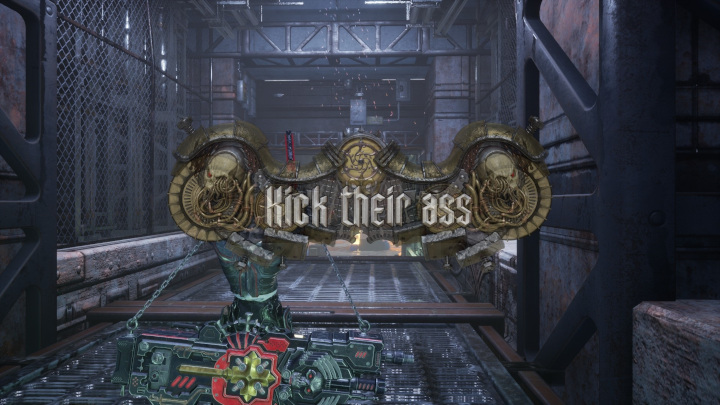
And really, that’s what Gungrave is: a mood piece. It’s mindless fun that mires in insane plot devices revolving around a cast of kooks and killers, but it works when it just lets you turn off your brain and exercise your right index finger. It’s also the sort of game I could easily see landing on a couple of Game of the Year lists almost by default. It reminds me in some ways of Sunset Overdrive, albeit a bastardized version that instead moves at a glacial speed. But in its upfront, unabashed simplicity lies a solid time-sink that is somehow both dated and timely.
Disclaimer: I was given a preview code for Gungrave: G.O.R.E. on Steam, but the opinions expressed in this article are my own. All of our screenshots were taken from a preview build of the game, and they might not reflect the final product.
